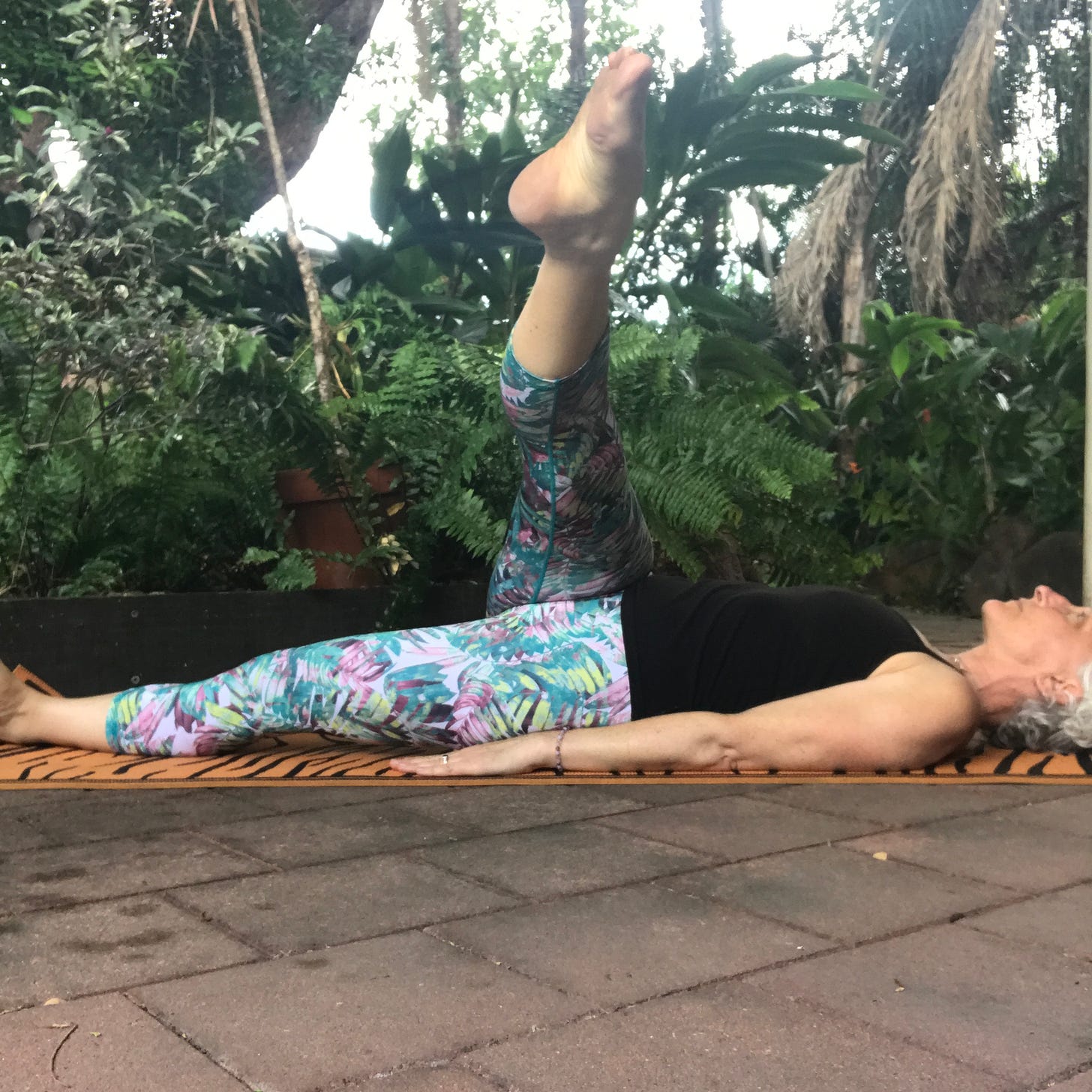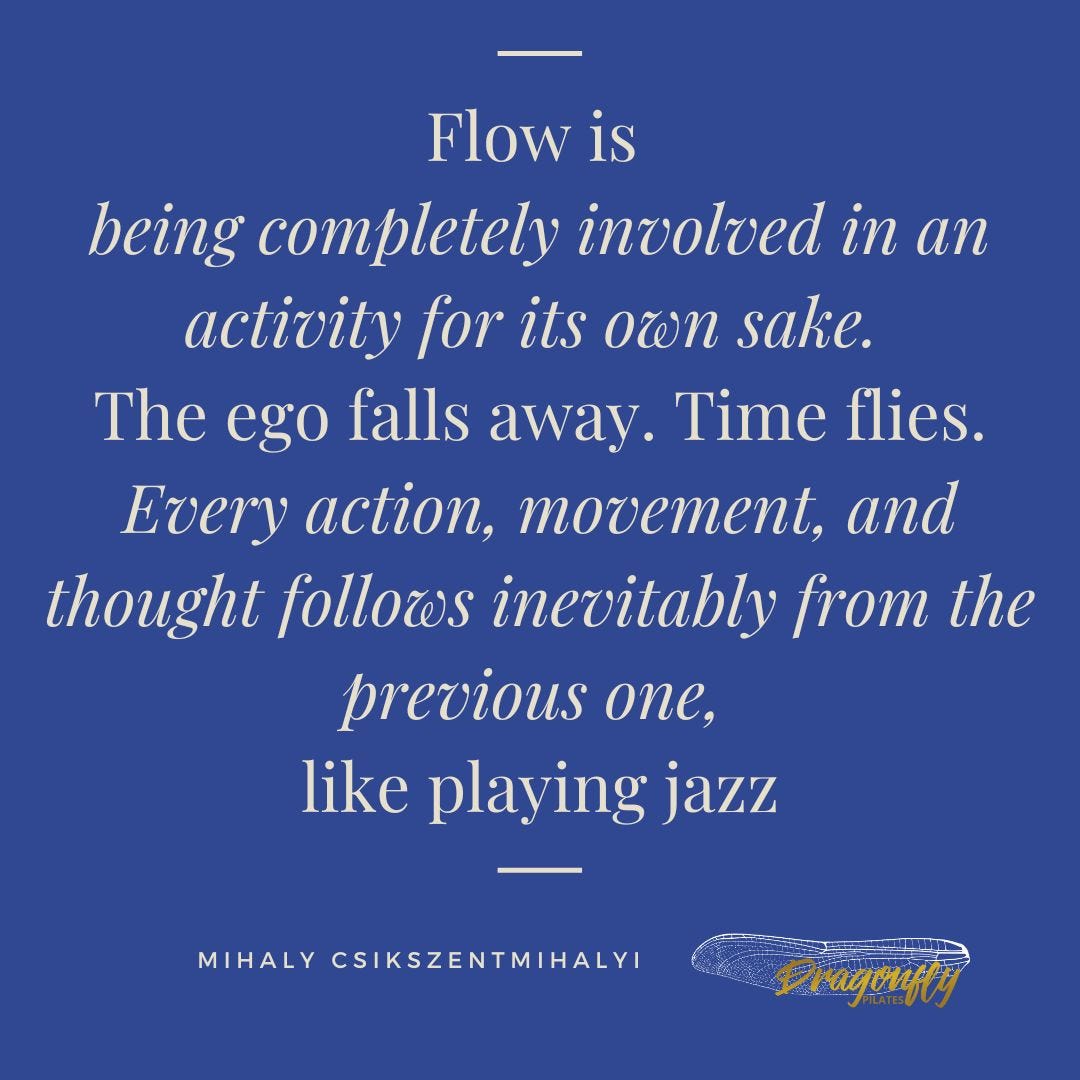Pilates Principle: Flow
As a verb, a noun, and a state of mind, how Flow relates to your Pilates practice
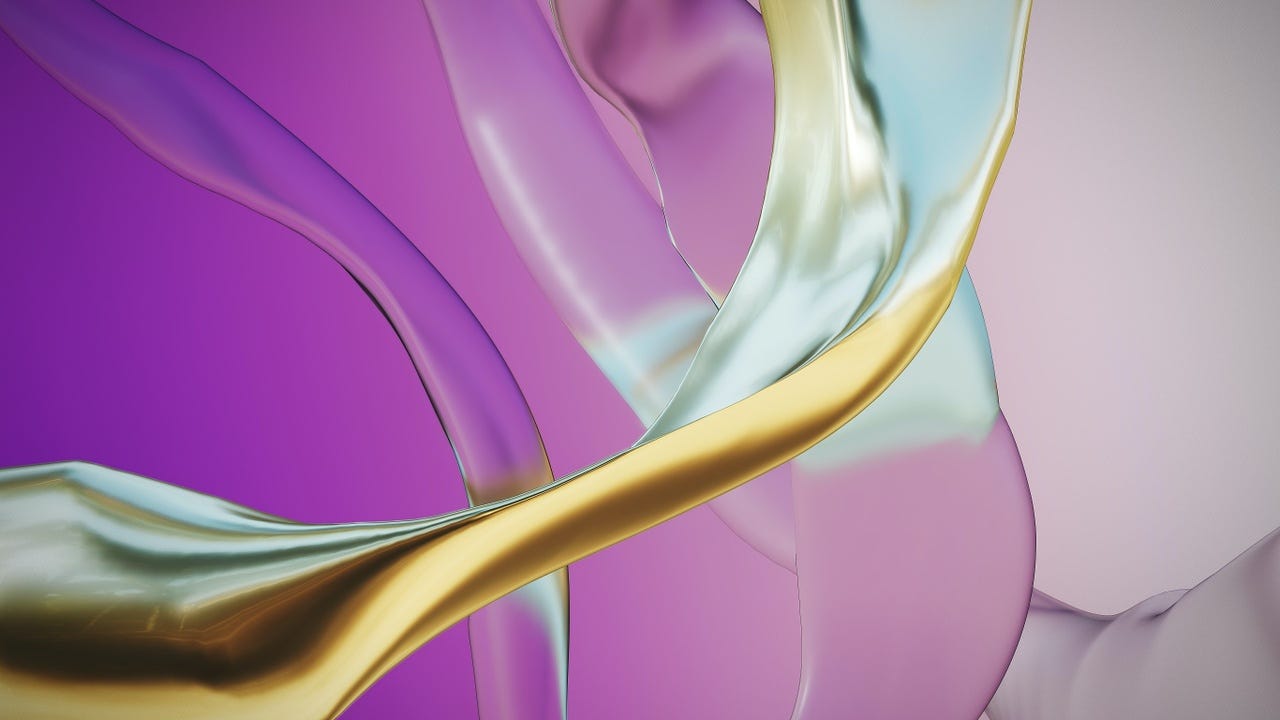
Go With The FLOW
Flow is one of the six, with a capital "P" Pilates Principles
Here are the posts on two of the others: Concentration, and Precision.
It’s time to tease out some nuances of flow and apply it to our Pilates practice.
FLOW as a VERB
To move or run smoothly with unbroken continuity; to proceed smoothly and readily.
When we think of Flow as a verb it relates to Pilates in two ways, very simply.
First you want the movements that you perform inside each exercise to flow.
And second, you want to move your body, smoothly flowing from one exercise to another, using the transitions to iron out how you get from point A to point B.
For the first point, movements that flow together inside of the exercise itself, I like to think a couple of things:
You're never really still in Pilates which means that even when you're "holding a shape" there's life, vitality, and energy inside of the shape or position your body is in.
The end is the beginning is the end, by which I mean that each repetition within an exercise smoothly moves into the next, connecting them together.
And to the second point, using transitions to keep flowing through the sequence of exercises.
In the Classical Pilates Mat order, i.e. Joseph Pilates' original 34 exercises, the transitions between exercises are guided by the breath.
Sometimes the last breath on an exercise is elongated and expanded giving you time to place your body (mindfully of course) into the starting position of the following exercise. Transitioning this way really helps you to flow seamlessly.
One of the easiest ways to experience this idea is through the five exercises in the stomach series.
Single Leg Stretch > Double Leg Stretch > Scissors > Double Leg Lower Lift > Criss Cross are all linked together and the end of one of the exercises is the beginning of the next.
Here are my skeleton friends from my March MATness campaign from 2022, Skye and Sully, to show Single Leg Stretch and Double Leg Stretch.
Imagine these two exercises linked together with the breath. The last time we hug one knee to the chest in Single Leg Stretch we’d keep exhaling and exhaling, emptying the lungs, while drawing the long leg in and preparing so that on the next inhale we'd be ready to open the arms and legs for the first rep of Double Leg Stretch.
Can you visualise it with my bony assistants?
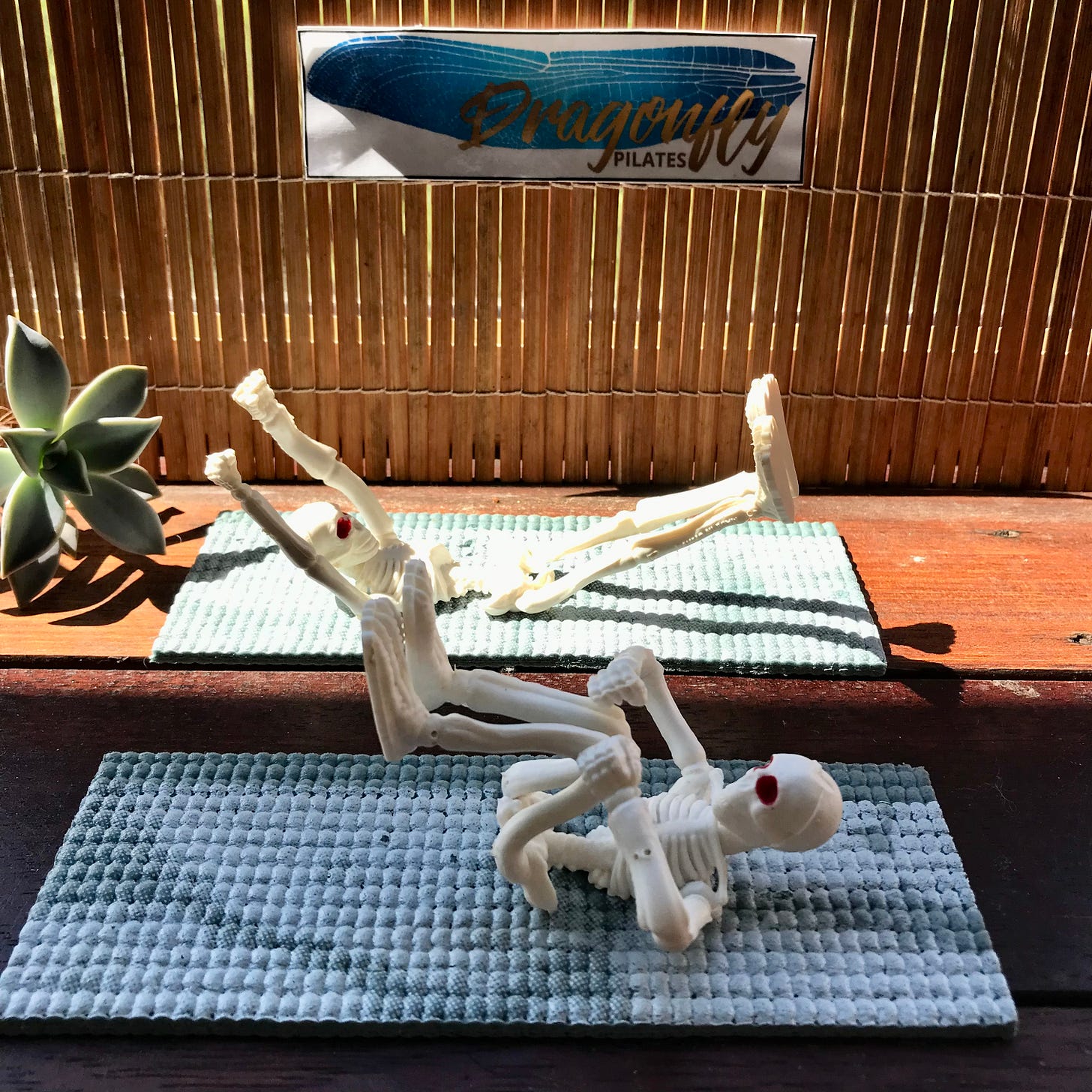
Between most other exercises you might be allowed two breaths but one of the best ways to stay focused and present throughout your Pilates practice is to try and transition with only ONE, BIG, JUICY, BREATH!
You'll find that having a one breath transition forces you to anticipate where you'll need to be at the end of the exhale so you can immediately start the next exercise. Note: this is way easier said than done!
Another example is moving from Single Leg Circle > Rolling Like A Ball.
Here I am a few years ago (with Miss Cleo making a fluffy appearance) showing both.
From the end of my last Single Leg Circle, when my leg would come back up to the ceiling (or sky in this instance) over my hip socket, I'd use only one full breath to get into the next shape (remembering that 'shape' does not mean a static pose)
.
So that one breath transition?
I mean, c'mon, all I really have to do is:
Roll up from my back,
Scootch my pelvis forward to the top end of the mat (👆I should be there but for the sake of the photo am not)
Hug my knees in towards my shoulders,
Wrap my hands around the outside of my ankles,
Lift my feet just enough to find my balance,
And, maintain a long, curved, C-shaped spine, while deeply drawing my abdominals in and up and back - all in one breath!
Simple and oh so straightforward, right?
Ahem, like I said, way easier said than done!
Please note: Of course taking an extra breath if we need to is totes okay! If we're too dogmatic about the breath, it tends to get shorter and shorter, we get tighter and tighter and then we're not getting the most out of our Pilates practice.
Remember what Joe said, "Above all learn how to breathe correctly".
And what I always say, "Breathe and move and move and breathe." :-)
FLOW as a NOUN
An act of flowing; a smooth uninterrupted movement or progress; a continuous transfer of energy
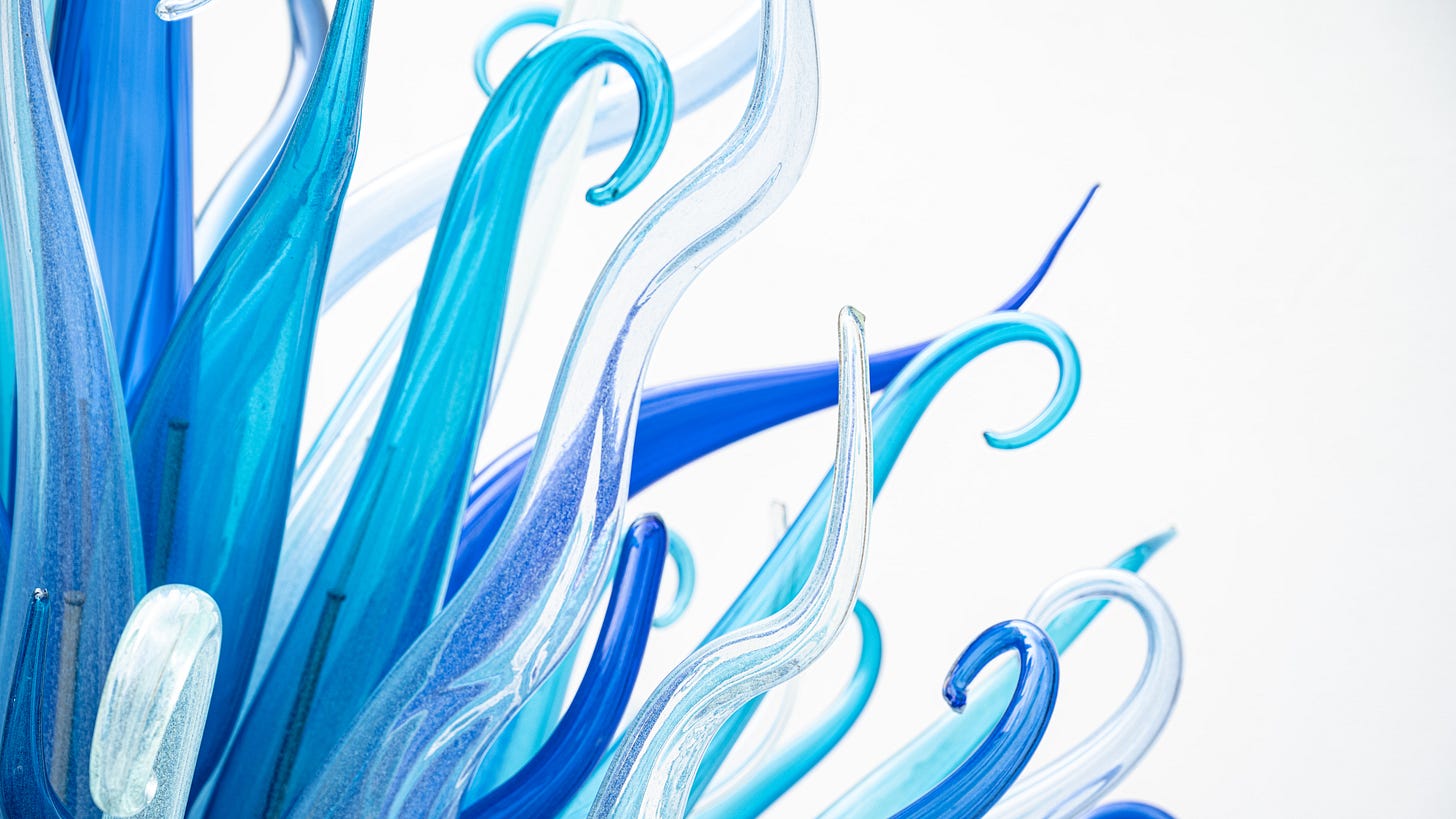
Flow as a noun simply means a sequence of connected Pilates exercises.
Either the whole class or session could be called a flow, or a shorter sequence, say 5 or 6 exercises, linked together with those beautiful breath supported transitions, could be called a flow.
(and if someone asks, "how did your flow go?" you would of course answer, "smoothly, 'cause I was breathing and moving and moving and breathing" ;-))
I really like the idea of flow being "a continuous transfer of energy" which speaks to the point I've already mentioned regarding the vitality and life inside the "shape" of the exercises. It takes me back to the beginning of my Pilates journey as I transitioned from my dancing career...
I could very easily make the shapes of the exercises looking at them from the outside but had a very limited understanding of the exercises from the inside out, so um... how to actually do Pilates. My big, bossy ego was like, "I can do that, what's so hard about that?" but then, once I figured some things out it was a very humbling experience.
Finally lets talk about
FLOW STATE

Flow State occurs when you're totally absorbed with something and so fully immersed that you lose track of time.
(just like me writing this blog post, lol)
The idea was first put forth by psychologist Mihaly Csikszentmihalyi in the 1970s who identified the notion of flow. The nine components of flow can happen independently but when they come together you're in the zone (also known as being in the groove).
Have you ever fallen into Flow State?
I've had it happen a few times in my life including on my Pilates mat.
What did it feel like?
My body moved freely, my mind quieted down, and there was an ease to the whole flow of the class that passed by in an instant - I could do no wrong.
Pure magic!
Even if Flow State rarely happens, there's beauty in the quest. Maybe it's what we're actually searching for when we lie down on our mat at the beginning of our session or class? What do you think?
I'm sure that paying attention to Flow the verb and Flow the noun, really physically embodying Flow in these ways, can be entry points into us achieving Flow State more frequently.
xBec
The information contained above is provided for informational purposes only. The contents of this blog are not intended to amount to advice and Rebecca Forde disclaims all liability and responsibility arising from any reliance placed on any of the contents of this post




